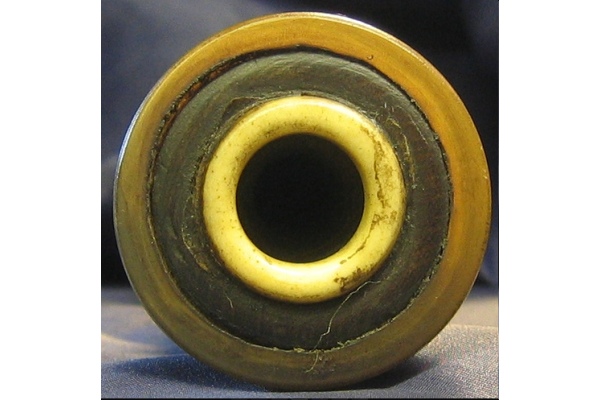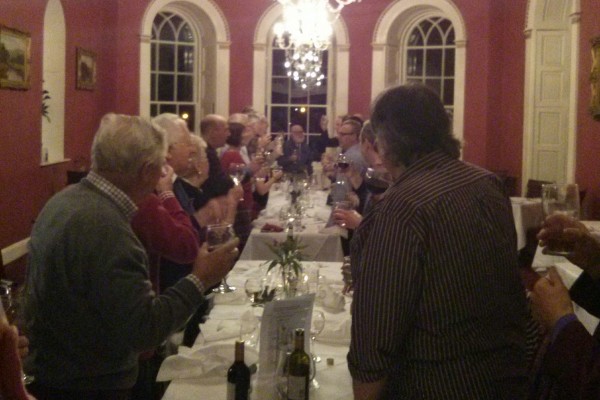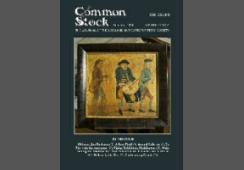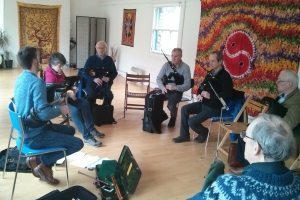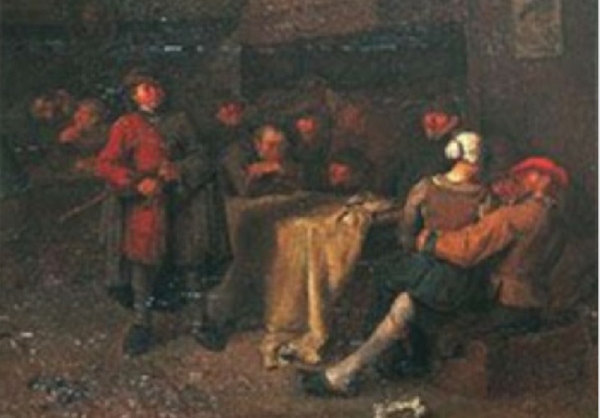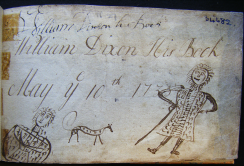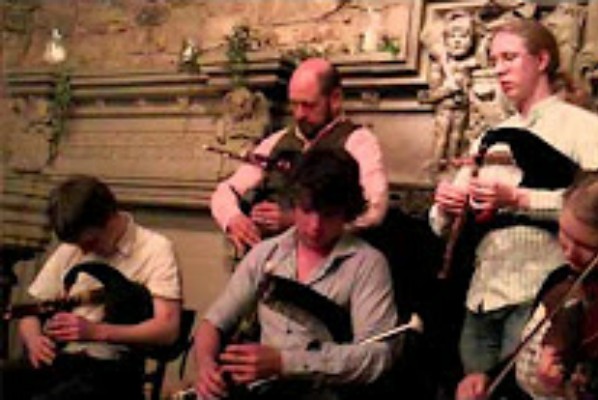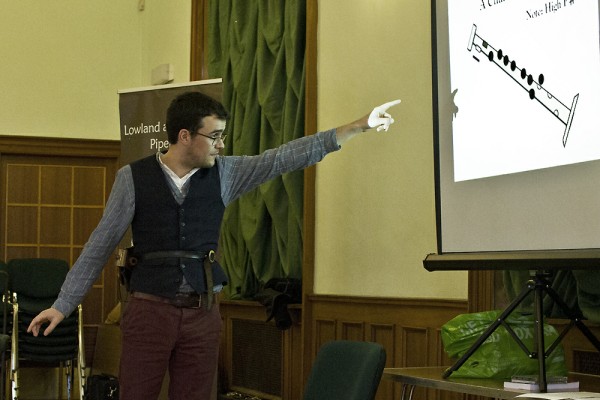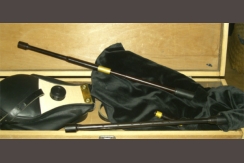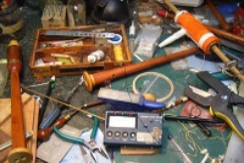
The 1992 Collogue (n.collusion; a conversation, a confidential chat - Chambers Scots
Dictionary) was a success - as was its predecessor in 1991. Appropriately held in the Borders (Jedburgh 1991, Peebles last year; Galashiels 1993) it is to become an annual event.
Julian Goodacre, one of the prime movers, has supplied the following introduction which may serve to lead readers gently into the more detailed and technical contents of the papers themselves.
The Scottish/English Border has been a centre for the playing of several types of bellows blown bagpipes from the 17th century to modern times. These pipes differ considerably from the familiar mouth blown Highland Pipes and have a quieter, sweeter tone.
In Northumberland, on the English side of the Border, there is an unbroken tradition of playing bellows-blown Smallpipes. In Scotland, however, where they were played in many areas, especially around Aberdeen and in the Borders, these pipes fell into disuse during the 19th century. This was mainly due to the adoption of the Highland pipes for military bands and the subsequent spread of their popularity world-wide.
A useful Scottish name for all the bellow-blown bagpipes is CAULD WIND PIPES, so called because the air blown into them is cold as opposed to the warm air blown into a mouth-blown pipe.
TYPES OF CAULD WIND PIPES.
Basically there are two different categories of pipes, the main difference being in the shape of the bore down the centre of the chanter.
1. SMALLPIPES
The chanter on these pipes has a parallel bore, which results in a low quiet tone.
- Northumbrian Pipes
During the last two centuries these have been developed from a simple Smallpipe of the 17th century into a modern sophisticated bagpipe that is currently enjoying worldwide popularity.
- Scottish Smallpipes
The surviving museum examples of Scottish Smallpipes show us that they remained similar to the simple 17th century pipe from which developed the modern Northumbrian pipe. The last fen years has seen a resurgence of interest In making, developing and playing these pipes and they have found a place as a bagpipe in the Scottish musical scene. The Lowland and Border Pipers’ Society (formed in 1981) has provided a focus for this revival.
2. LOUDER CAULD WIND PIPES
The chanter of these pipes has a conical bore which produces a higher pitched and louder sound than the Smallpipe.
There are a variety of different pipes with a confusing number of names: Border, Lowland, Union, Hybrid Union, Half-long, Irish, Uitlean, Pastoral. The confusion is increased by the fact that one type of pipe can be called by several of these names!
- Border Pipe
In the simplest form the Border bagpipe consists of three drones fitted in a common stock with a loud conical-bored chanter similar to that on a Highland pipe, though quieter.
- Union Pipe
The Union pipe is a more sophisticated bagpipe, possibly developed from the Border pipe. It has a great deal in common with the modern Irish Uillean Pipe.
Although we may never establish fixed categories for these pipes, we have in this Exhibition (i.e. at the Collogue. Ed) some of the surviving instruments that are the inspiration for players and makers in this current revival ......
